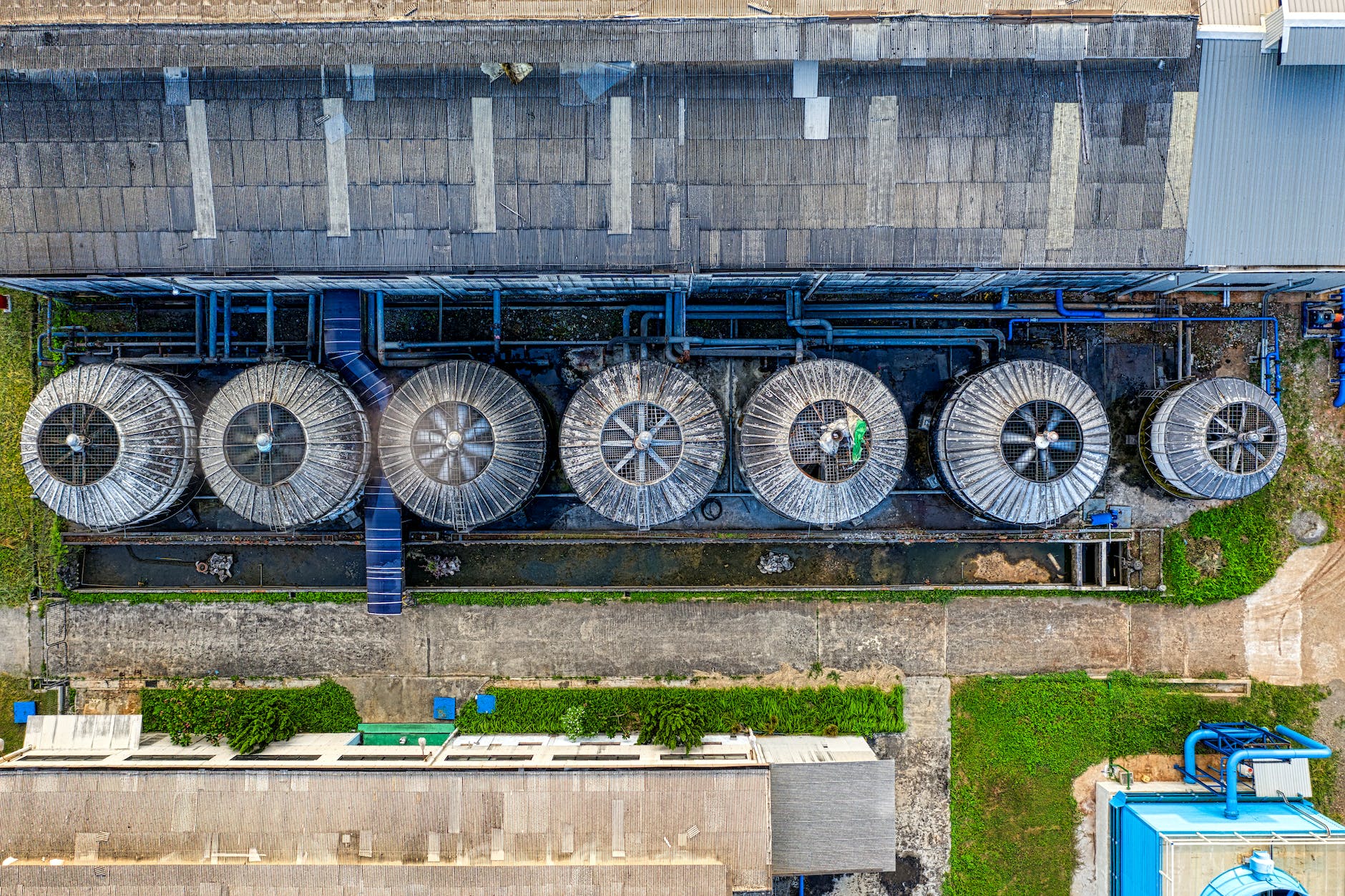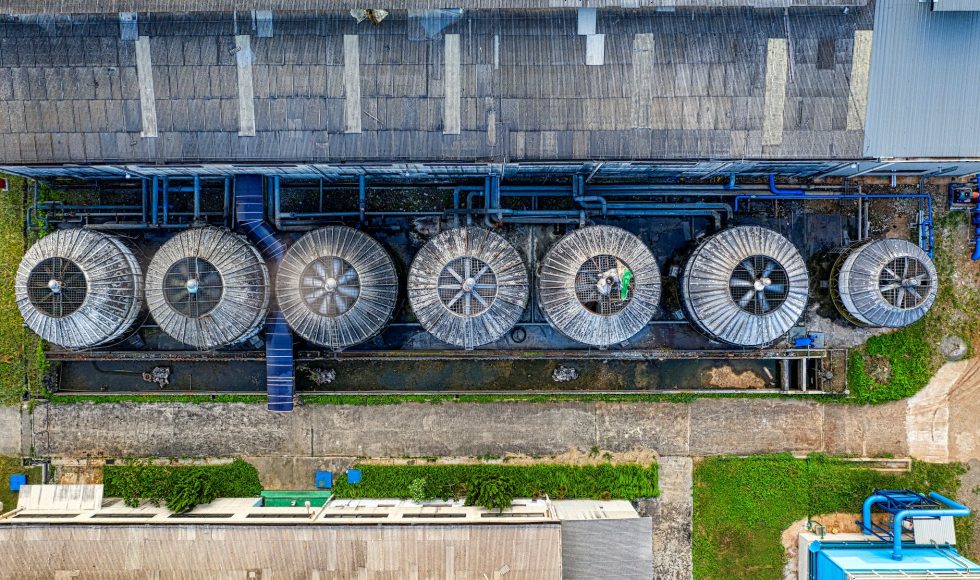Caitlin Singleton from Aalborg University in Denmark presented at the Nanopore Community Meeting 2020 a session on metagenomic analyses titled “From MAGs to riches: exploring the microbial community of activated sludge using 1,083 high-quality metagenome-assembled genomes.” Singleton is a postdoc and explained why activated sludge is important. Activated sludge is used to treat wastewater to recover some nutrients. The community of microbes in activated sludge is unique and, thus, Singleton used the PromethION to attempt to recover high-quality MAGs. There is amplicon data in the MIDAS database, yet novel uncultivated populations exist. They obtained samples from 23 wastewater treatment plants. The team obtained 1.08 Tbases of long-read data and 0.92 Tbp short-read data. The team used all that data to identify high-quality metagenome-assembled genomes (MAGs). There were some special cases of reduced genome bacteria and archaea. One was selected for FISH probes and microscopy. The research team linked MAGs to morphology and function. The benefits of Nanopore data were summarized as recovered high-quality MAGs. For example, the team combined the MAG information with other approaches to identify cells accumulating phosphates.



